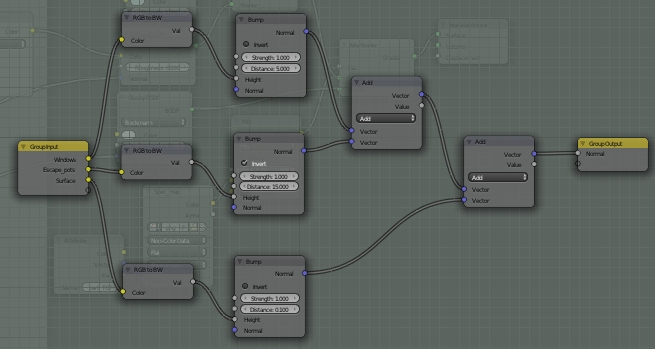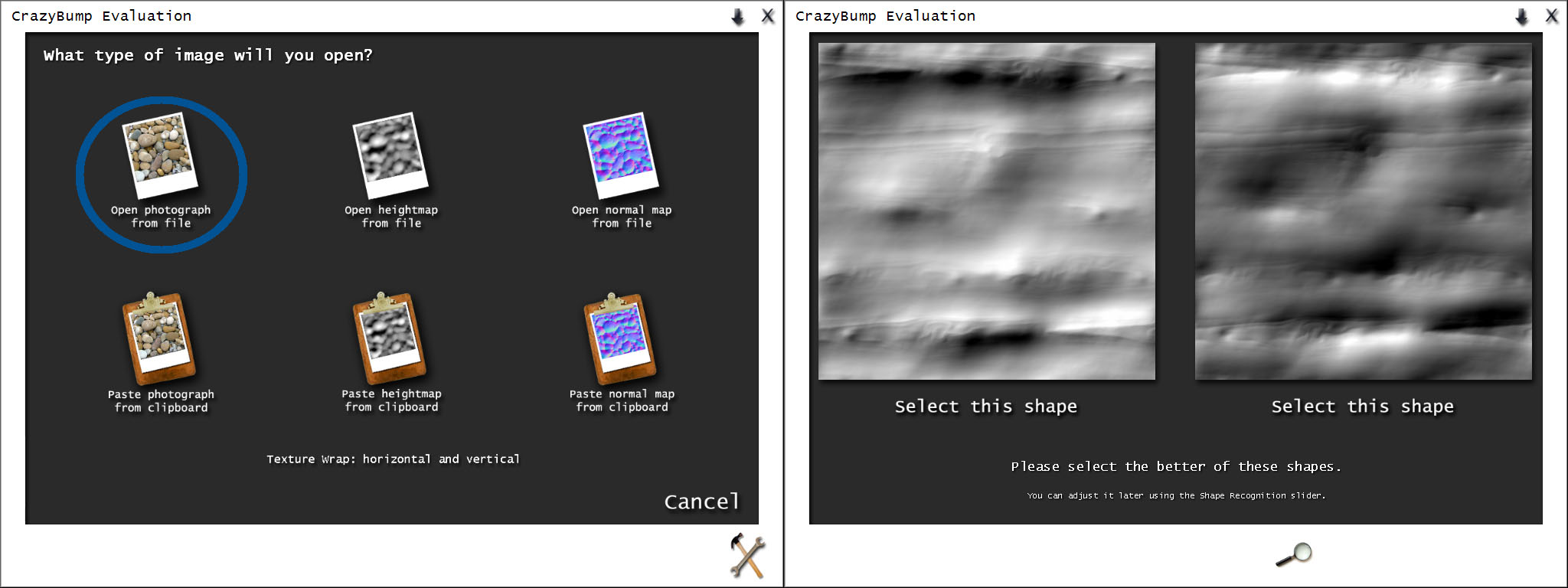
A comparison of low, medium and high values for smoothness (top to bottom).Īt low smoothness levels, the reflected light at each point on the surface comes from a wide area, because the microsurface detail is bumpy and scatters light. A rough surface has high peaks and troughs in its microsurface detail, so light bounces off in a wide range of angles which, when averaged out, create a diffuse colour with no clear reflections. The yellow lines represent light rays hitting the surface and reflecting off the angles encountered at varying levels of smoothness.Ī smooth surface has very low microsurface detail, or none at all, so light bounces off in uniform ways, creating clear reflections. A comparison of low, medium and high values for smoothness (left to right), as a diagram of the theoretical microsurface detail of a material. Less smooth surfaces reflect light over a wider range of angles (as the light hits the bumps in the microsurface), and therefore the reflections have less detail and are spread across the surface in a more diffuse way. Taken to its extreme, a perfectly smooth surface reflects light like a mirror. With a smooth surface, all light rays tend to bounce off at predictable and consistent angles. You can, however, see the effect of this microsurface detail represented by the amount the light that is diffused as it bounces off the object. It is a concept used in the lighting calculations. The “microsurface detail” is not something directly visible in Unity. This is explained in further detail down the page. More info See in Glossary modes are shown above, because if you choose to use a texture map for the Metallic or Specular parameter, the smoothness values are taken from that same map. This slider allows you to control the “microsurface detail” or smoothness across a surface.īoth shader A program that runs on the GPU. By default, without a Metallic or Specular texture map assigned, the smoothness of the material is controlled by a slider. The concept of Smoothness applies to both the Specular workflow and the Metallic workflow, and works in very much the same way in both.

You can easily dial back the amount of texture a highly detailed normal map creates in your render application, but you can't add texture to a normal map that lacks definition.The smoothness parameter, shown in both Metallic & Specular shader modes. I find that it's best to overdo things a little so you have a wider range of texture options when you create your material. Whichever plug in you use, you can use the bump texture created above as the basis for your normal map. There is a basic plug in by Nvidia, bit if you want more control then nDo works very well. You can create normal maps from scratch in Photoshop, but it's frankly a lot easier to use a plug in. The results should be more precise and much cleaner. Finally add a slight Gaussian blur as before. Fill the base layer with white and flatten. To get a cleaner look use the circular marquee tool to create precise circles on a new layer and line them up with those in the original texture. When it comes to applying the displacement map to your Thea material, you may find that the displacement is a bit rough around the edges (see below). You don't want to displace all the fine detail, so use the marquee tool to block fill everything but the holes and then use a small soft brush to paint out the remaining detail surrounding the holes.įinally soften the edges with a little Gaussian blur (Filter>Blur>Gaussian blur). Bear in mind that the white areas will be displaced and the black areas will be recessed. Adjust the slider until all you can see are nice clean casting holes.

You can use your bump texture as the basis for a displacement map.

If you don't want a lot detail then you can exaggerate the light tones even further with some added contrast.

Reflectance Mapsįor the reflectance map you start by desaturating your seamless texture (Shift + Ctrl + U) and then use levels to exaggerate the contrast in the dark range.įor bump use the same technique, but shift the tones towards the lighter range.
GLOSSINESS MAP IN CRAZY BUMP SOFTWARE
You can however achieve perfectly acceptable results using image editing software like Photoshop. When creating these textures I personally prefer to use an application such as Shadermap, Pixplant or Crazy Bump, as you can change textures on the fly and preview how they will appear in your rendering application. I'll now go over the process of creating reflection, bump, displacement and normal maps for use with Thea Render and other 3D rendering software packages. ">Part 3 - Reflectance, Bump, Displacement Maps


 0 kommentar(er)
0 kommentar(er)
